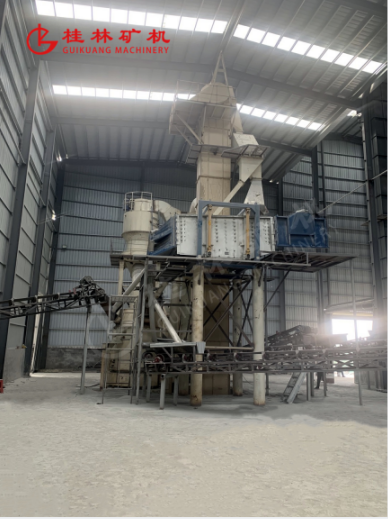1. Qingtang disinfection
The amount of quicklime varies from 50–500 kg per mu (the amount is determined according to the pH of the soil and the thickness of the bottom mud), and it is dry-sprayed (water-splashing reaction after dry-sprinkling).
(1) Its fever process can have a strong killing effect on pathogenic microorganisms and even harmful organisms.
(2) Significantly improve soil pH, total alkalinity and total hardness.
(3) It has the effect of oxidation, saponification and mineralization of soil organic matter.
2. Disinfection and sterilization
Sprinkling 25–50 kg of quicklime with water per mu has a certain killing effect on bacteria, fungi and some parasites. Its suspension is better when used in combination with alum, tea bran and organic acid.
3. Kill wild fish
Quick lime 25–50 kg per mu + tea bran 10–50 kg per mu can enhance the fish-killing effect of tea bran (especially dry tea bran). At the same time, there are obvious subsequent fertilizer and water effects.

4. Change the bottom and deodorize
Quicklime is crushed to the size of a finger, one acre per pound, once every 3-5 days, and dry sprinkled in the evening. There is a significant improvement in the substrate, detoxification and deodorization effect.
5. Deal with black odor
Large pieces of quicklime can be dry sprinkled on the bottom of the turbine oxygen machine in the evening or in the morning.
It can assist in relieving the deterioration of the substrate, such as stealing death, jumping death, sulfide poisoning, and nitrous acid poisoning caused by the black odor of the substrate.
6. Kill harmful algae
An acre of 5 catties, after dissolving the water, sprinkle it on cyanobacteria, Euglena, dinoflagellates, and water spiders while it is still hot, which can directly kill harmful algae and water spider ciliates.
7. Lower pH
5 kg per mu, after the water is dissolved, splash the middle area of the pond while it is still hot in the middle of the night. This method is to achieve the effect of reducing the pH of dense green water through algae killing inhibition, provided that it is used in the middle of the night when the algae are aging.












